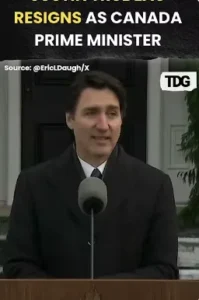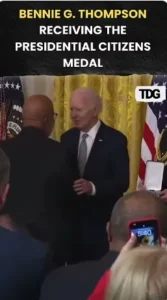The United States has officially enacted new tariffs on some of its largest trading partners, representing a notable increase in trade conflicts. President Donald Trump’s 25% tariffs on Canada and Mexico and an extra 10% tariff on China came into force on Tuesday. These new tariffs are in addition to the 10% tariff on Chinese goods that was applied last month. In reaction, Canada has responded with its own 25% tariffs targeting goods worth C$150 billion.
Trump’s administration has often modified timelines for the enforcement of tariffs. Last week, he first stated that the tariffs on Canada and Mexico would be applied on April 2, only to revise the date to March 4 the following day. This abrupt change led to fluctuations in the currencies of Mexico and Canada and heightened concerns among analysts regarding the unpredictability of US trade policy.
In a span of less than two months, Trump has rolled out a series of trade measures that include tariffs aimed at Canada, Mexico, and China, along with broad duties on steel, aluminum, and reciprocal tariffs that are designed for specific nations. While only the tariffs on China, Canada, and Mexico have been activated so far, China and Canada have already taken retaliatory actions.
Here is an outline of the tariffs initiated by Trump along with their implementation schedules:
Tariffs on Canada and Mexico – Effective March 4
On March 4, the US instituted 25% tariffs on Canada and Mexico. Trump had originally revealed these actions shortly after his election, pointing to their inability to stop the influx of illegal immigrants and fentanyl into the United States. A 10% tariff was also enforced on China because of its involvement in the fentanyl trade.
Although Trump signed executive orders to impose these tariffs soon after he took office, Canada and Mexico were granted temporary exemptions in early February. With the end of these waivers, the tariffs are now in effect.
Regarding the fentanyl crisis, Trump remarked last week, “We cannot allow this scourge to continue to harm the USA, and therefore, until it stops, or is seriously limited, the proposed tariffs scheduled to go into effect on March 4th will, indeed, go into effect, as scheduled. ”
Tariffs on China – Implemented in Two Phases (Feb. 4 and March 4)
China encountered a 10% tariff starting February 4. The second phase of an additional 10% was enacted on March 4.
China quickly reacted on February 10 by imposing a 15% tariff on certain types of US coal and liquefied natural gas (LNG) and a 10% tariff on crude oil, agricultural machinery, large cars, and pick-up trucks.
After the March 4 tariffs were applied, China declared new retaliatory actions, including 15% tariffs on US chicken, wheat, corn, and cotton. Furthermore, 10% tariffs will be imposed on US soybeans, sorghum, pork, beef, aquatic products, fruits, vegetables, and dairy products, effective March 10. China has also subjected 25 US companies to investment restrictions.
Trump affirmed the extra tariffs on China in a Truth Social message, stating, “The 10% additional tariff on China will go into effect on March 4. ”
Steel and Aluminum Tariffs – Effective March 12.
A 25% duty on steel and aluminum imports will be implemented on March 12. These duties are applicable worldwide, with Canada notably affected as the top exporter of these metals to the US. These duties are in addition to the specific 25% tariff imposed on Canadian steel and aluminum.
Reciprocal Tariffs – Anticipated from April 2
Trump’s reciprocal tariffs, which correspond to the tariffs set by other nations on US products, might commence as soon as April 2. These specific measures for each country were permitted through an executive order signed on February 14.
Commerce Secretary Howard Lutnick is prepared to evaluate global tariff systems and present a report to the White House by April 1. Discussions with various countries may postpone the execution of these tariffs, as nations seek to avert an intensified trade conflict. Significant sectors that could be impacted may include agricultural products, automobiles, semiconductors, and pharmaceuticals.
Tariffs on the European Union – No Established Schedule
Trump has consistently criticized the trade policies of the European Union and recently suggested the imposition of a 25% tariff on European products.
“We have made a decision. We’ll be announcing it very soon, and it’ll be 25% generally speaking, and that’ll be on cars and all of the things,” he stated.
Tariffs on Copper – Currently Under Investigation
Trump has also launched an investigation into copper imports. Once the assessment is finalized, his administration is likely to declare tariffs. However, no specifics regarding the breadth or timeline of these tariffs have been disclosed as of yet.
As the Trump administration persists in intensifying trade restrictions, the global economic environment encounters rising uncertainty. While the US intends to utilize tariffs as a tool for more robust trade discussions, retaliatory measures from primary trading partners could result in considerable economic implications. With new tariffs set to be implemented and potential future actions looming, global markets remain vigilant.























